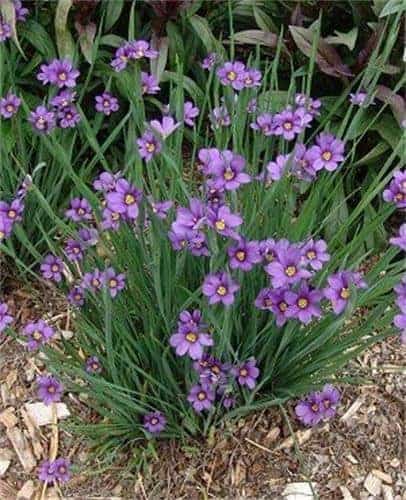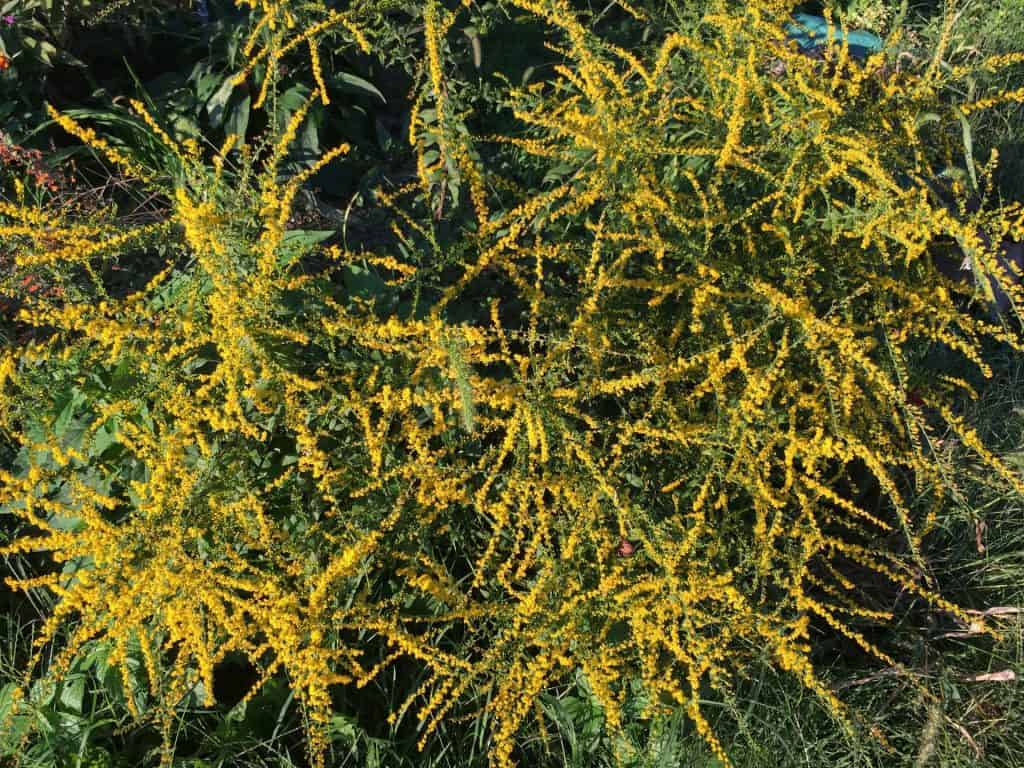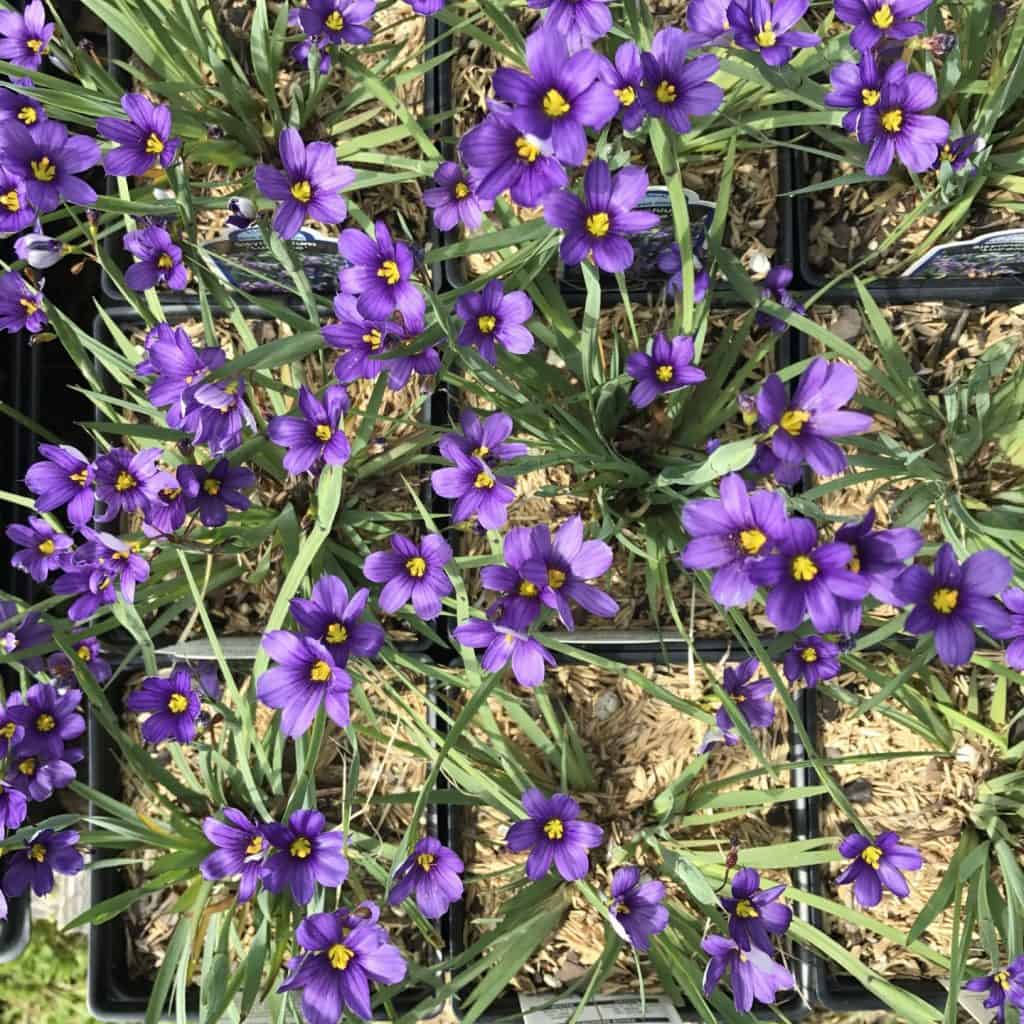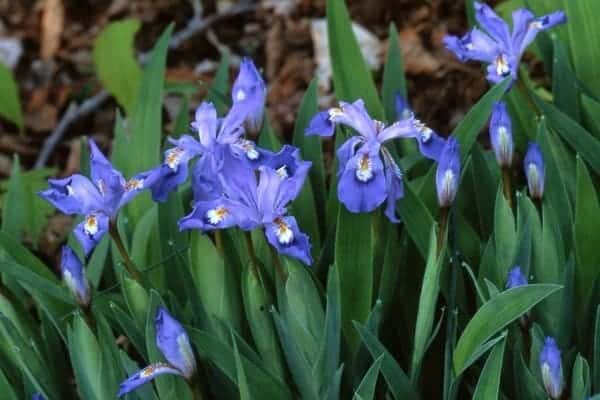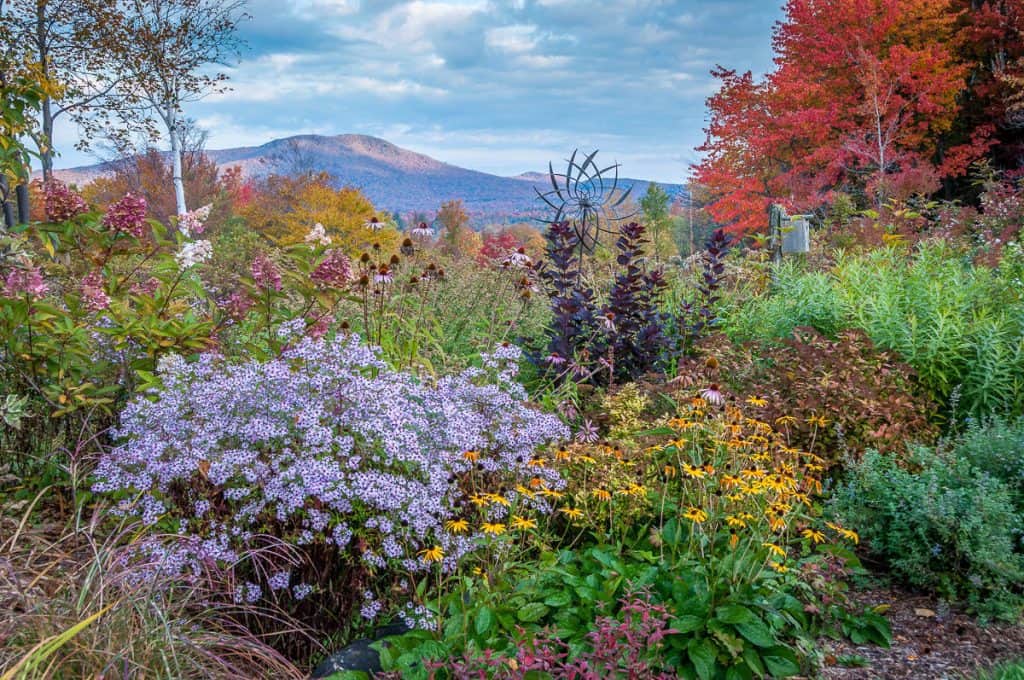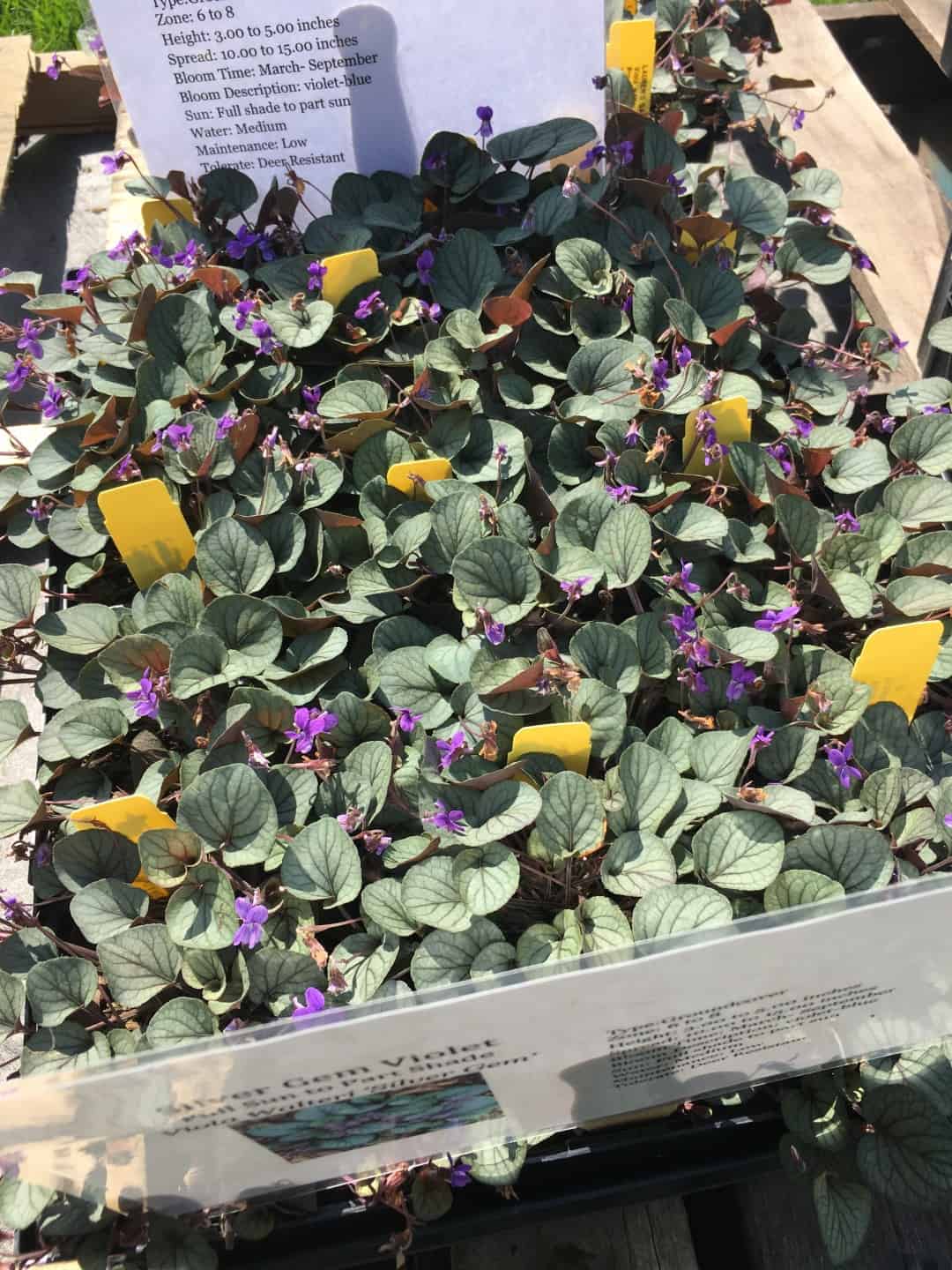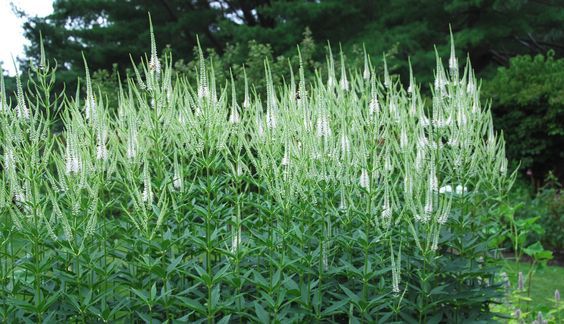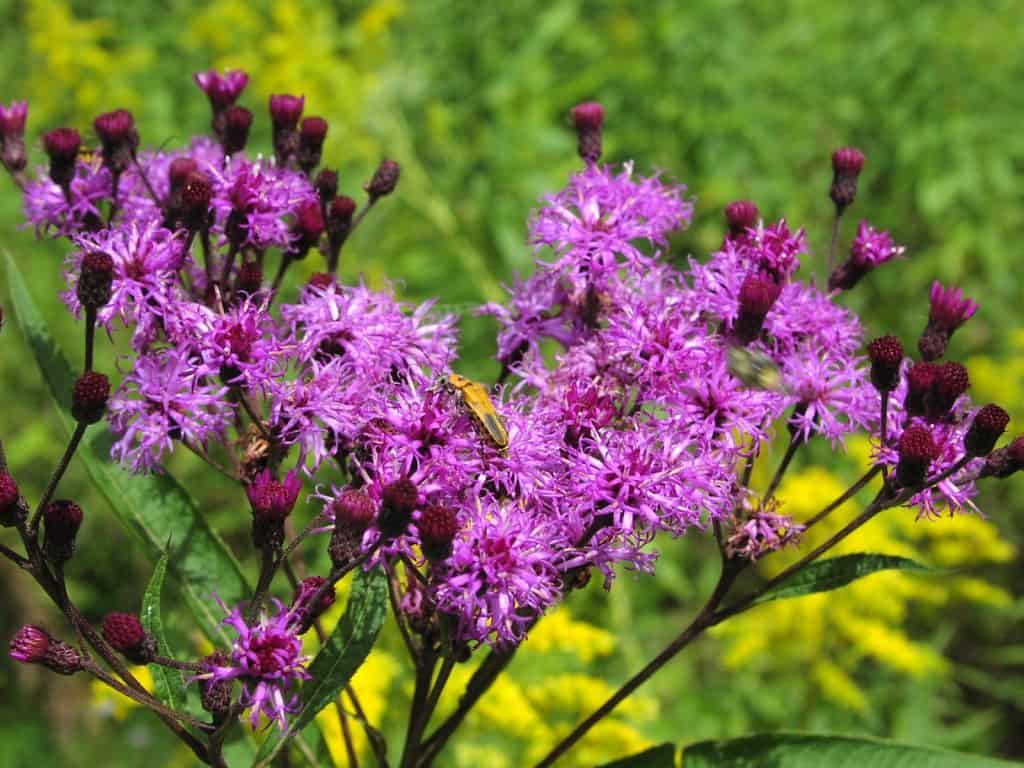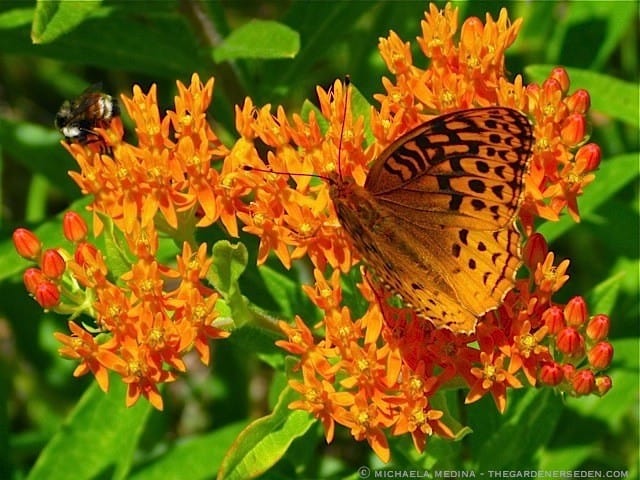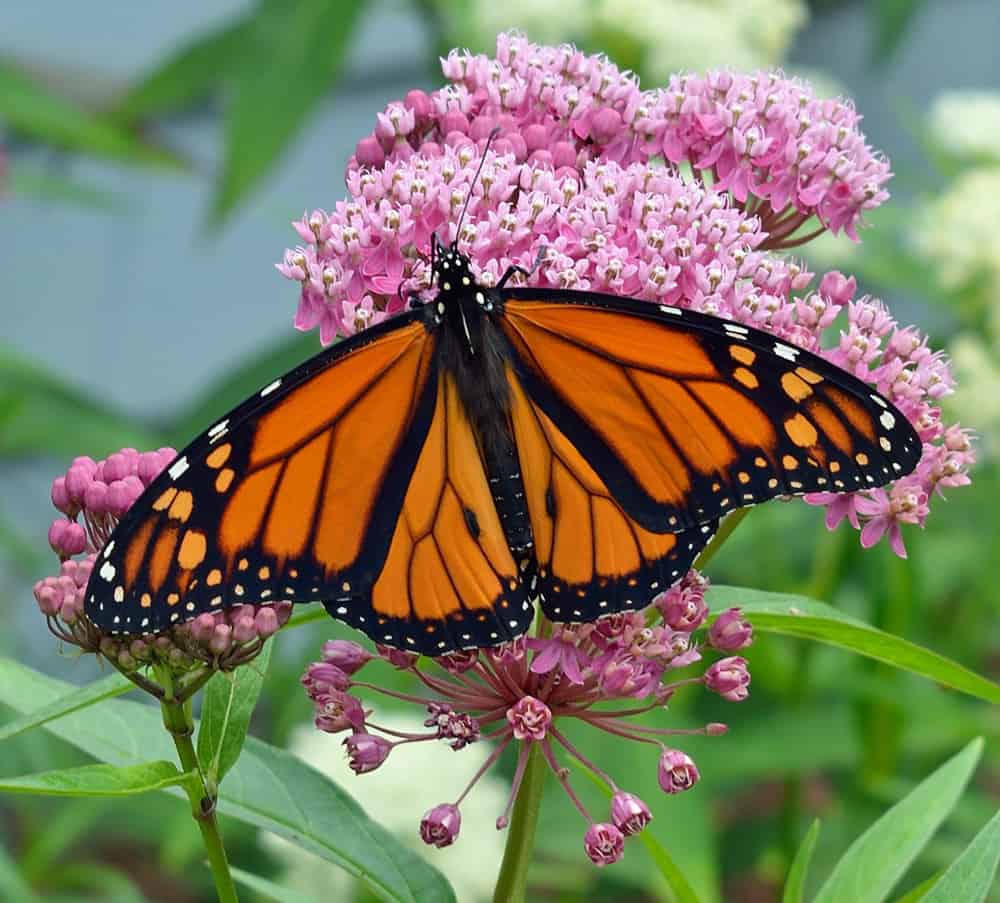At Lauren’s Garden Service Native Plant Nursery we are big fans of plants that support pollinators. Bees, butterflies, hummingbirds and other insect pollinators are integral to the fruit set and reproduction of plants. Planting a pollinator friendly garden is easy. It’s important to have plants that bloom from early spring to late fall in order to supply as much pollen throughout the seasons as possible.
Its easy to get a pollinator garden started. You can choose a small (or large) section of your lawn and stop mowing it, then plant some native pollinator wildflowers and trees in your new ‘pollinator’ meadow. You can simply add some pollinator plants into your existing landscape beds or you could create a native pollinator plant border along one of the edges of your property in order to support pollinators and local wildlife.
Here are some of our favorite pollinator plants that are locally native to the Maryland Piedmont!
10. Goldenrod– Solidago odora and rugosa. Goldenrods are great for fall color and as a pollen source later in the season. Our goldenrod was a nice host for a monarch chrysalis!
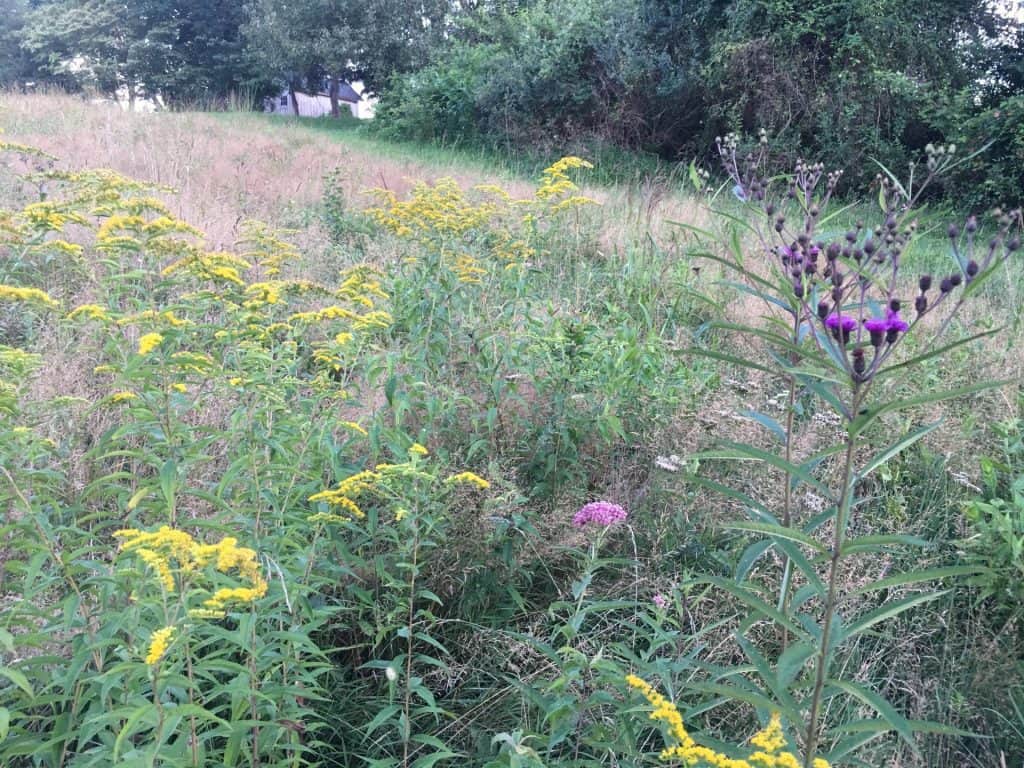
We stopped mowing this field and this is what came up naturally! Vernonia, Goldenrod and milkweed among many others!
9. Firepink– Silene virginica is a beautiful perennial that attracts hummingbirds. It does will in a rocky soil and will tolerate clay soil, dry soil. This would be great in a meadow planting mixed with grasses and other wildflowers.
8. Blue eyed Grass– Sisyrinchium angustifolium ‘Lucurne’ is such a pretty little grass that will tolerate some shade (though we find that the more sun the better) and deer. The flower opens and closes depending on sunlight. On cloudy days the buds stay closed and then they open up when the sun comes out. Its been such a delight watching ours bloom at the nursery.
7. Iris cristata– Dwarf crested iris is a great plant for sun or partial shade areas. It is deer resistant and will tolerate drought. We use these in the drier zones of rain gardens!
6. Raydon’s Favorite Aster– This gorgeous, upright aster will charm you with continuous blooms throughout the fall. It’s beautiful next to goldenrod, Solar Flare baptisia or black eyed susans.
5. Silver Gem Violets– Viola walteri ‘Silver Gem’ is a great deer resistant, shade tolerant plant that is one of the earliest sources of pollen for the early spring pollinators. We love its silvery foliage and love to pair it with Espresso geranium, a variety of heuchera, and ferns.
4. Veronica– Veronicastrum virginicum is a great meadow plant that usually establishes in meadow mixes around year 7. Its a low maintenance perennial that pollinators love! It will tolerate wet soil and can be used in rain gardens.
3. New York Iron Weed– Vernonia novaboriensis-Vernonia is a great native pollinator plant that blooms in the late summer and fall. You can see it along highways with goldenrod. It’s slow to get started in the summer and doesn’t start getting too large until the warm of summer kicks in. This is one that clients often look for in early spring and think that it has died but usually it just hasn’t emerged yet! Vernonia gets to about 3-5ft tall and goes well in a wild setting with other larger perennials and grasses to establish a nice meadow garden. We’ve planted it in combination with milk weed, liatris, little bluestem, black eyed susan, goldenrod, cardinal flower and monarda. See the previous photo of goldenrod to see where it volunteered itself in our meadow the year we stopped mowing our turf grass!
2. Butterfly weed– Asclepias tuberosa likes drier soil so it can be planted on the sides or berms of a rain garden. It also thrives in a meadow planting mixed with grasses and tolerates dry soil, rocky soil, deer, drought and erosion. It should set seed pretty well in your garden beds that have well drained soil. Monarch caterpillars will live on this plant, and some people say that they have seen the caterpillars eating the leaves of this plant. I have always learned that the Monarch caterpillars ate only milkweed but I guess they eat this one too! What have they done in your garden? If people call us asking for native wildflowers or pollinator plants, our top 2 must haves are butterfly weed and milkweed. This plant has also been used medicinally for lung inflammation and has the common name pleurisy root.
1.Milkweed– Asclepias incarnata- What can we say- milkweed is our number one favorite pollinator because it supports Monarch butterflies which are currently endangered. Its easy to grow and likely to attract Monarch butterflies and caterpillars. Swamp milkweed will tolerate wet soil conditions, but your soil doesn’t need to be wet to grow it successfully. Milkweed used to be much more common alongside farmer’s fields, but has had a great reduction in recent years due to the use of Round Up. We have given this plant away by the hundreds at our spring sales in order to boost the local milkweed population! You can plant this in any garden bed but put it in a place where it has room to grow to 4ft tall!
Doug Tallamy is an entomologist who promotes the use of native plants in our residential landscapes in order to support local wildlife and pollinators. His entomology department has done some important research on the best plants to use to support pollinators and birds. Below are his lists of the best plants to plant. We’ve put an asterisks by the plants we currently have for sale at our nursery. We can also order the ones listed here if we don’t have them now.
Woody Plants
| Common Name | Plant Genus | Butterfly/moth species supported |
|---|---|---|
| *Oak | Quercus | 534 |
| *Black cherry | Prunus | 456 |
| *Willow | Salix | 455 |
| Birch | Betula | 413 |
| Poplar | Populus | 368 |
| Crabapple | Malus | 311 |
| *Blueberry | Vaccinium | 288 |
| *Maple | Acer | 285 |
| Elm | Ulmus | 213 |
| Pine | Pinus | 203 |
| Hickory | Carya | 200 |
| Hawthorn | Crataegus | 159 |
| Spruce | Picea | 156 |
| Alder | Alnus | 156 |
| Basswood | Tilia | 150 |
| Ash | Fraxinus | 150 |
| Rose | Rosa | 139 |
| Filbert | Corylus | 131 |
| Walnut | Juglans | 130 |
| Beech | Fagus | 126 |
| Chestnut | Castanea | 125 |
Herbaceous Plants
| Common Name | Plant Genus | Butterfly/moth species supported |
|---|---|---|
| *Goldenrod | Solidago | 115 |
| *Asters | Aster | 112 |
| *Sunflower | Helianthus | 73 |
| *Joe pye, Boneset | Eupatorium | 42 |
| Morning glory | Ipomoea | 39 |
| *Sedges | Carex | 36 |
| *Honeysuckle | Lonicera | 36 |
| Lupine | Lupinus | 33 |
| *Violets | Viola | 29 |
| *Geraniums | Geranium | 23 |
| *Black-eyed susan | Rudbeckia | 17 |
| *Iris | Iris | 17 |
| Evening primrose | Oenothera | 16 |
| *Milkweed | Asclepias | 12 |
| Verbena | Verbena | 11 |
| Beardtongue | Penstemon | 8 |
| *Phlox | Phlox | 8 |
| Bee balm | Monarda | 7 |
| *Veronica | Veronica | 6 |
| *Little bluestem | Schizachyrium | 6 |
| *Cardinal flower | Lobelia | 4 |

